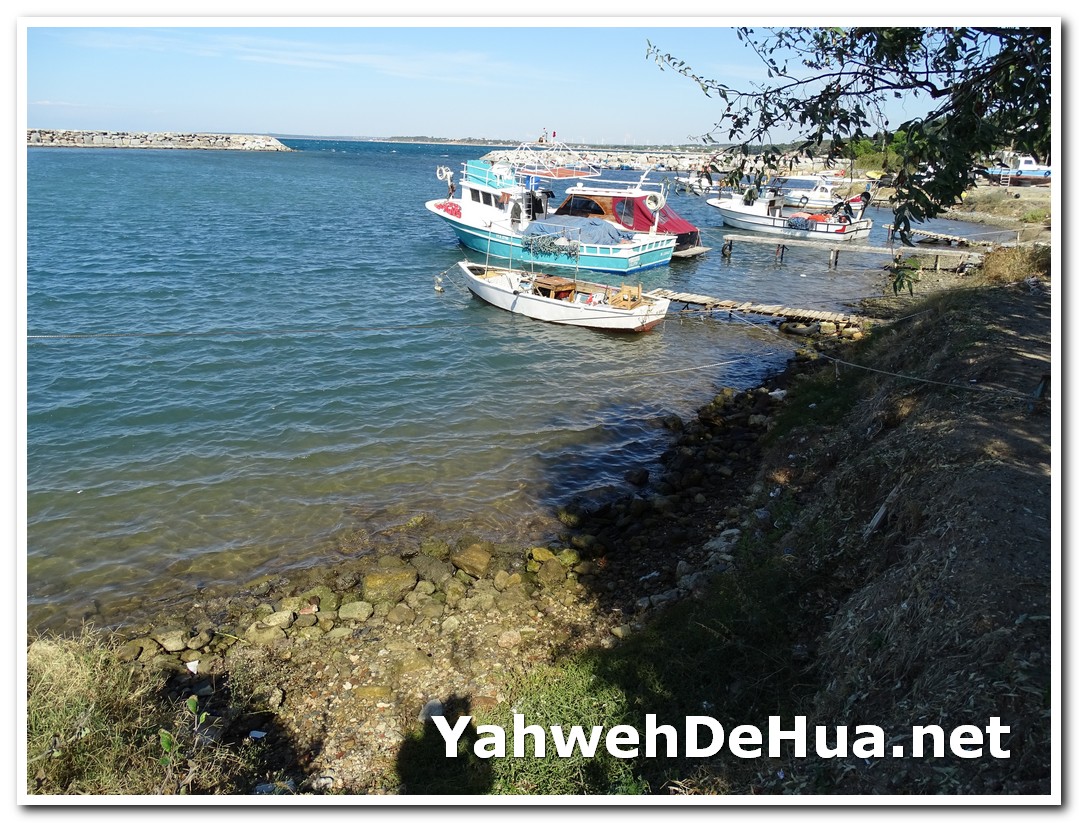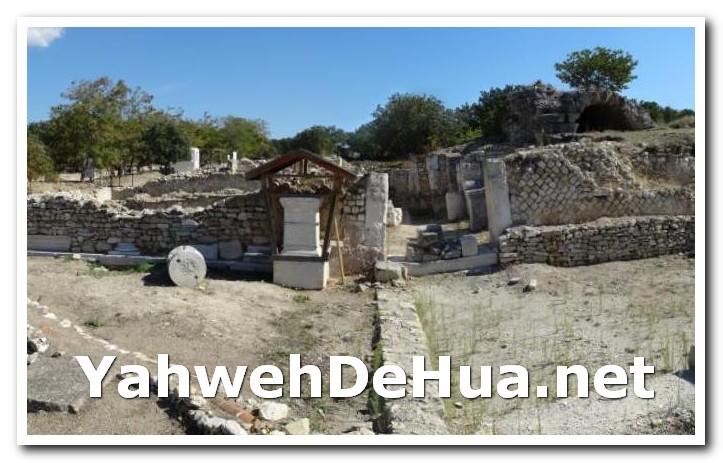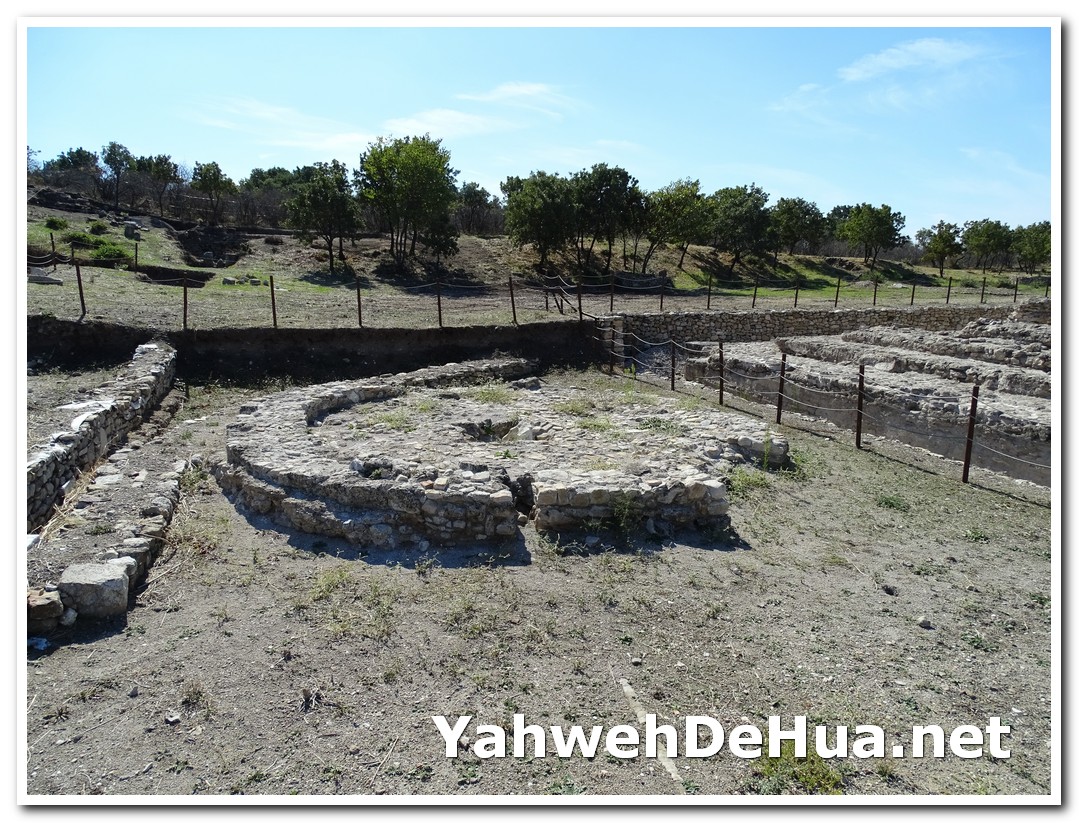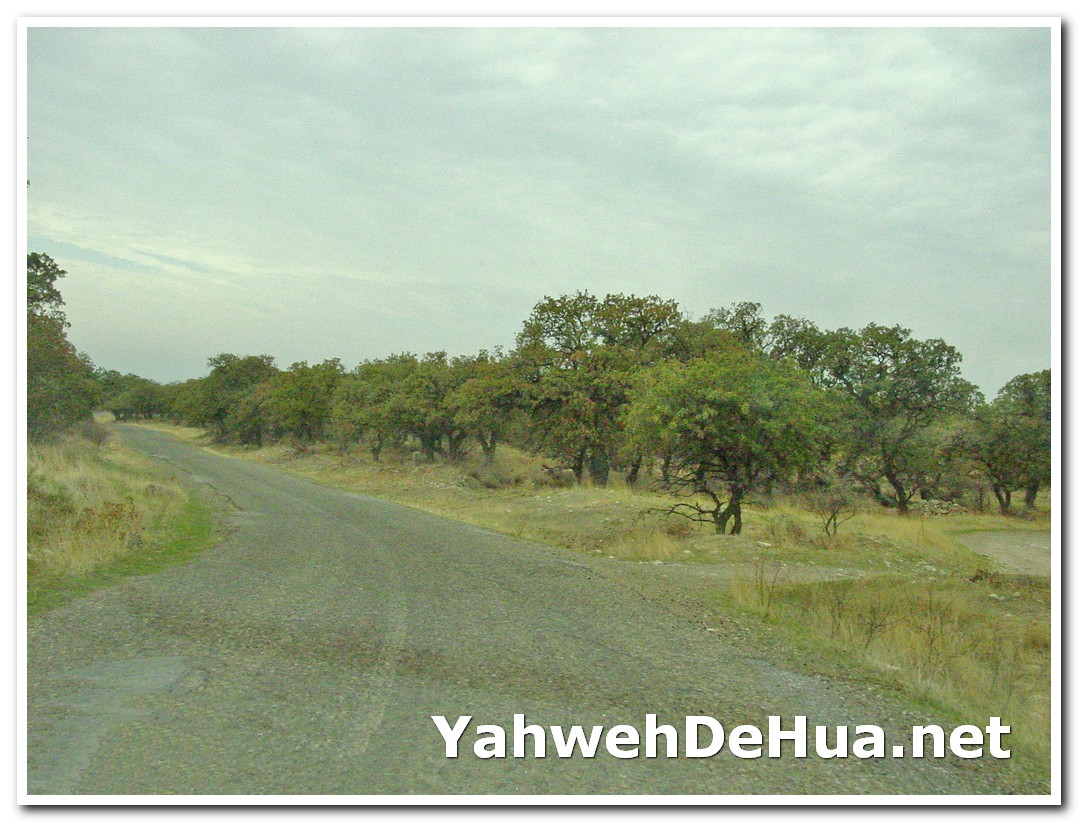Neapolis, the ancient port where Paul first came to European soil, is now called Kavala.
尼亚波利(Neapolis)是保罗首次踏上欧洲土地的古老港口,现称为卡瓦拉(Kavala)。
At one time in the last century, after the Greco-Turkish war (1919-1922), it ranked as the 4th largest city, due to the large number of refugees. Now it is one of the many smaller cities in Greece, with close to 60,000 residents in the greater municipality area.
It is a small fishing city, underdeveloped, most famous for its tobacco industry, and has an oil producing rake out in the sea. Few tourists come here except Christian tourist groups on their way to ancient Philippi. There is a church of St. Nicholas with large mosaics to commemorate that event.
由于希腊与土耳其战争(1919-1922)后,大量难民涌入,该市一度成为希腊第四大城市。现在,它是希腊众多小城市之一,整个市区内拥有近 60,000 名居民。
这是一个不发达的渔港,以烟草业和近海石油开采点而闻名。除了前往古代腓立比的基督徒旅游之外,鲜有游客来到这里。有一座圣尼古拉斯教堂,上面有纪念保罗到此地的大型马赛克。
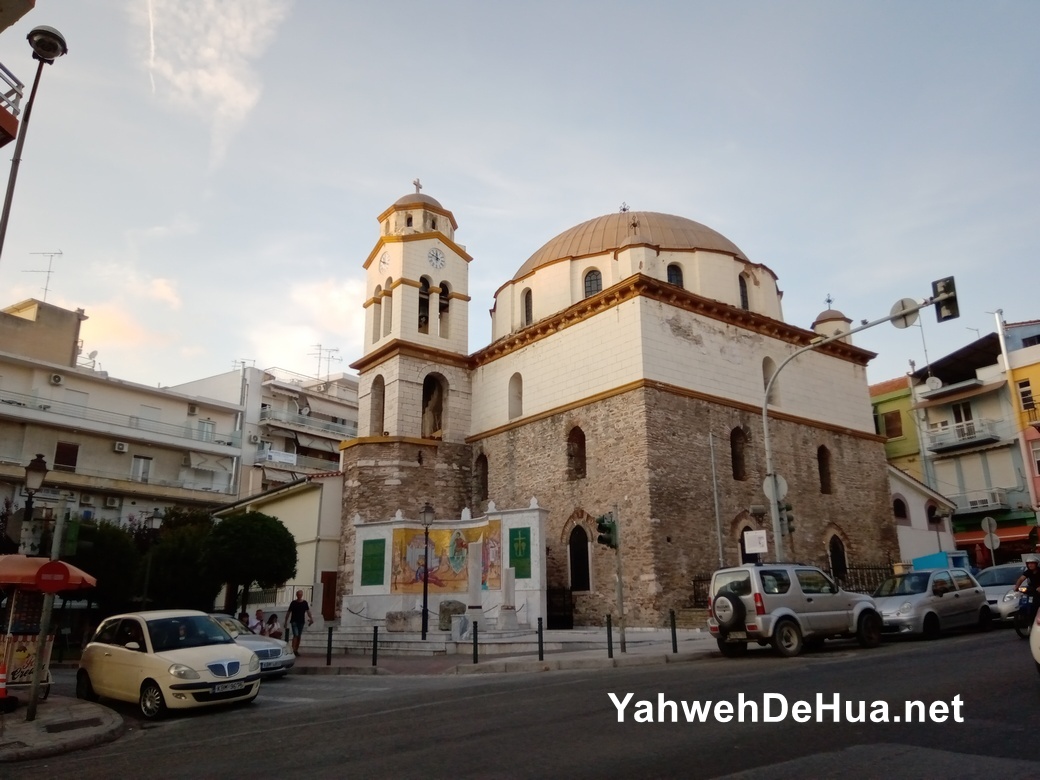 |
| Church of St Nicholas |
 |
| Mosaic commemorating Paul's landing |
It is 160 km west of Thessaloniki, an hour and a half drive. There are a few points of interest, the archaeological museum, the Byzantine Fortress, and the Roman Aqueduct (1st - 6th Century).
位于帖撒罗尼迦以西160公里处,一个半小时和车程。这里有几个景点:考古博物馆、拜占庭堡垒和罗马引水道(1 - 6 世纪)。
 |
| Via Egnatia |
 |
| Roman Aqueduct |















